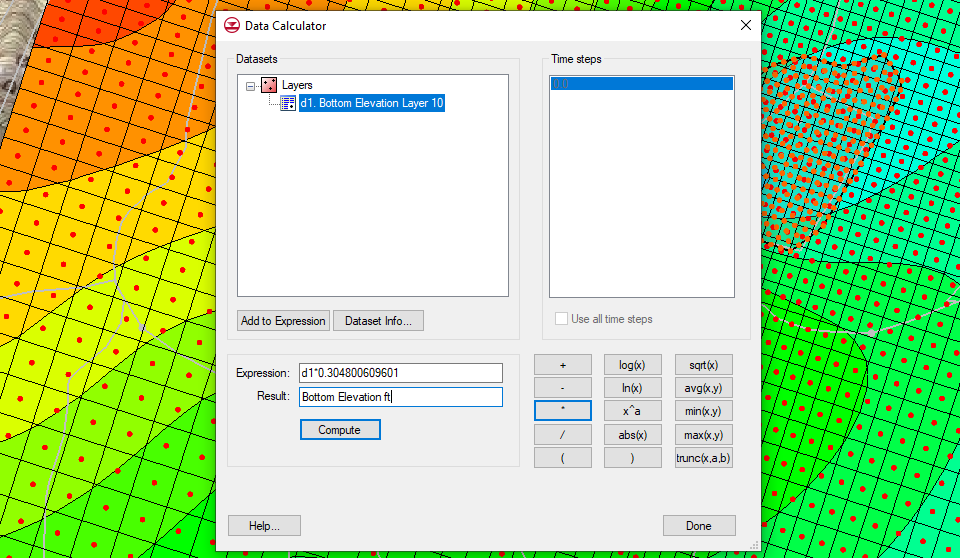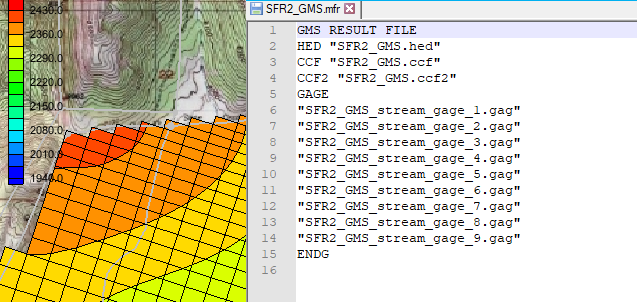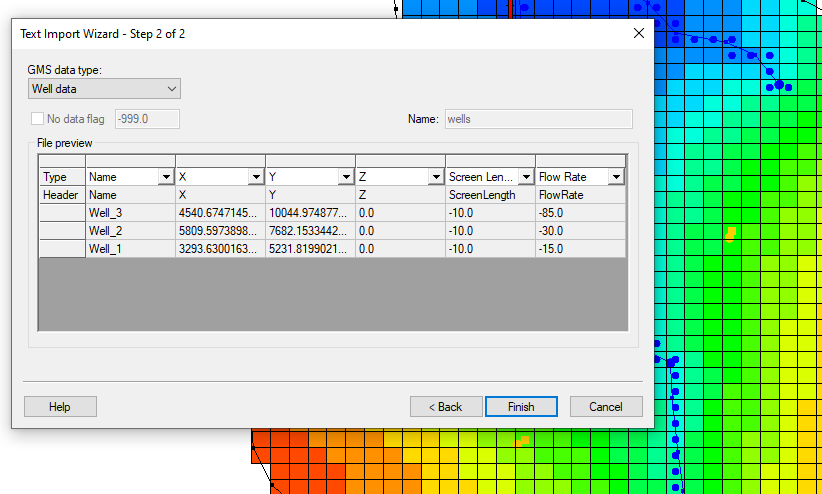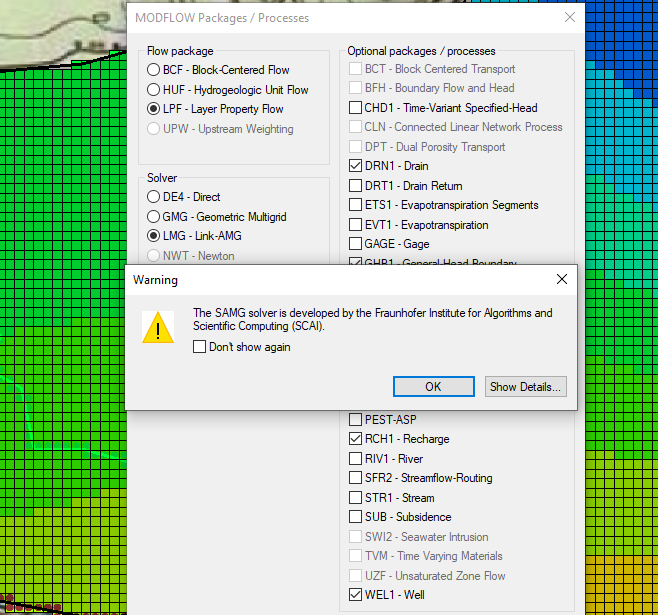Working with Units in GMS
By aquaveo on November 25, 2020For any groundwater modeling project, having the correct units is essential in creating a valid project. When working with GMS, make certain that the project units are correct. To help you with having the correct units, here are some tips for working with units in GMS.
Check Input Units
Before importing data into GMS, check units of the data. Ideally, all of your data will be using the same units. So, for example, if you are working in meters then make certain all the data you will be importing is in meters.
It is recommended that you convert the data into the correct units before importing it into GMS. GMS will not change the units of your data during the import process. That said, it is recommended to check the units of imported data to make certain the data imported correctly. This is done by checking the data’s projection.
Please note that GMS also does not perform unit conversions when writing values to input files for models, such as MODFLOW or MT3DMS packages, but writes the values to input files as they are shown in their respective package dialogs.
Converting Units
Instead of converting the units of your data before importing it into GMS, you can convert some data inside GMS. GMS does not do automatic conversion of units for data. So if all of your data is in meters and you bring in one set of data that is in feet, GMS will not automatically convert the data from feet to meters.
Instead, after importing the data, you have two options for converting the data into the correct units.
The first of these options is to reproject the data. This is done by right-clicking on the data in the Project Explorer and selecting the Reproject command. This option can quickly change the units of the data in GMS.
The other option is to create a new dataset with the correct units. This is done using the Data Calculator. In the Data Calculator, you would select the dataset with the wrong units then enter the equation to convert the dataset units into the calculator. Once the new dataset is calculated, make certain that dataset is being used in the project and not the older dataset.

Check Output Units
After completing your model and running it, it is recommended that you check the units of the output data. In most cases, the units in the output data will be correct. If the units are not correct, this often indicates an issue with the input values of the model. GMS does not change the units of data during the model run.
Having correct units will make your groundwater modeling in GMS run smoother. Check out GMS today!









